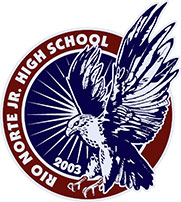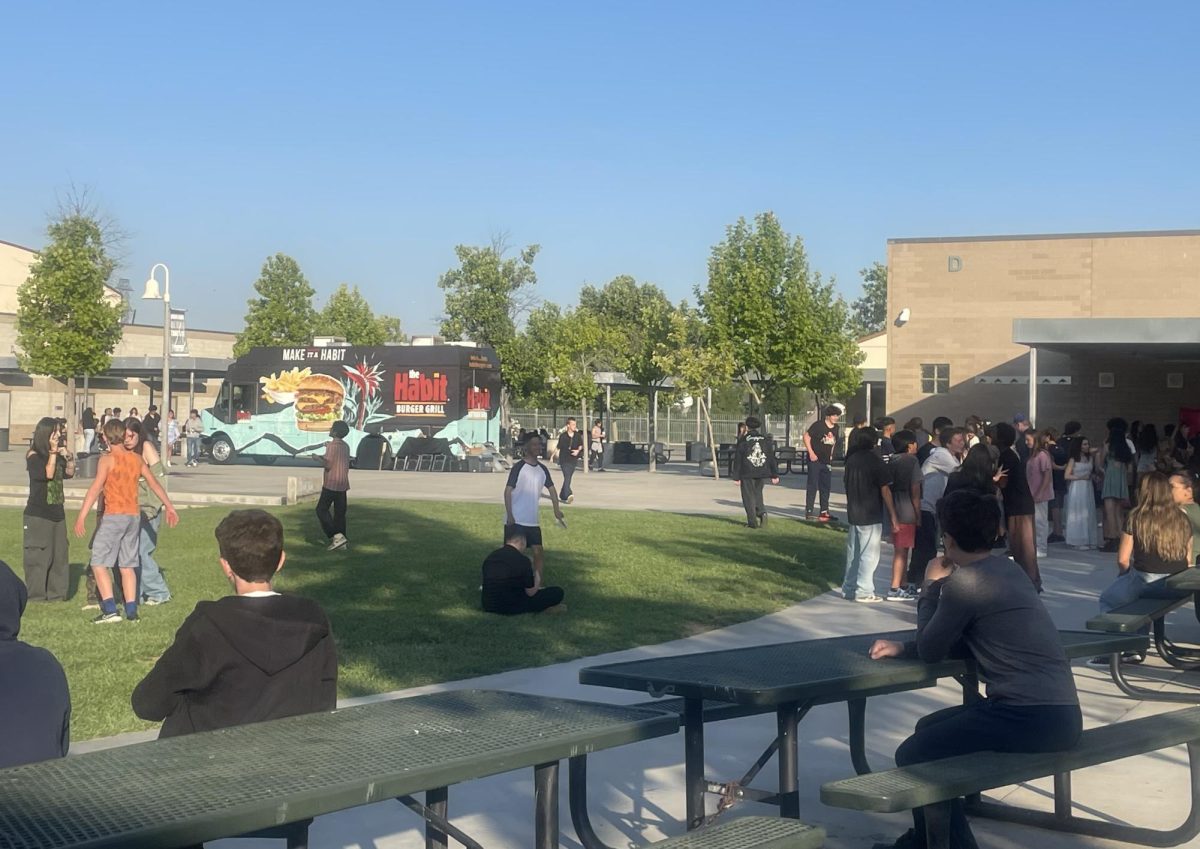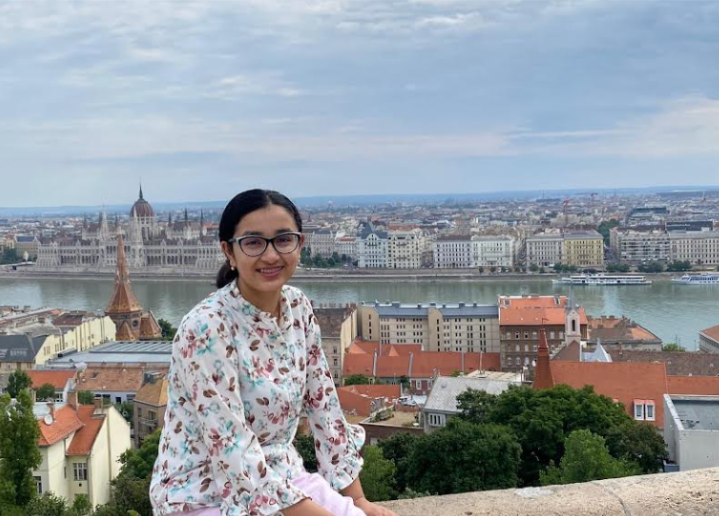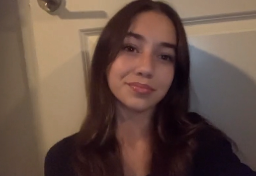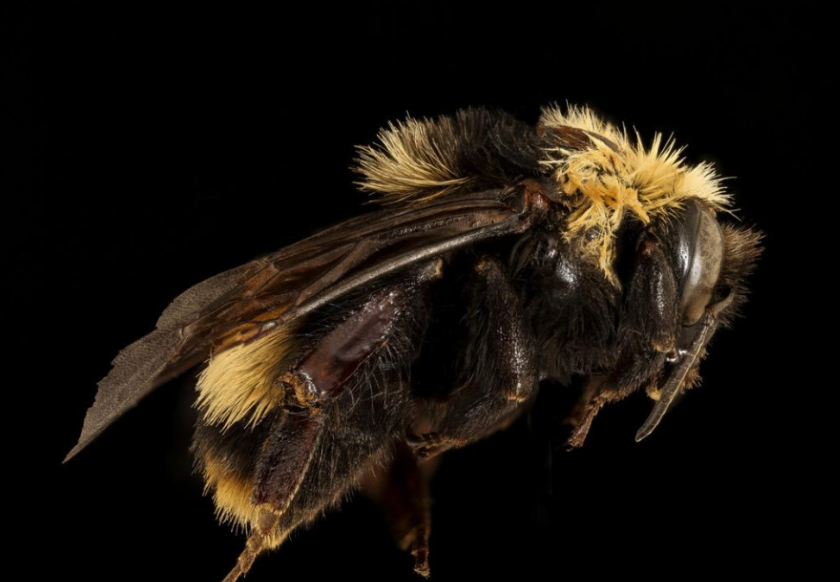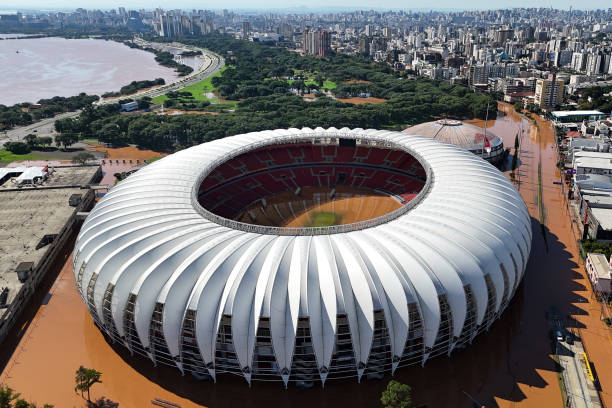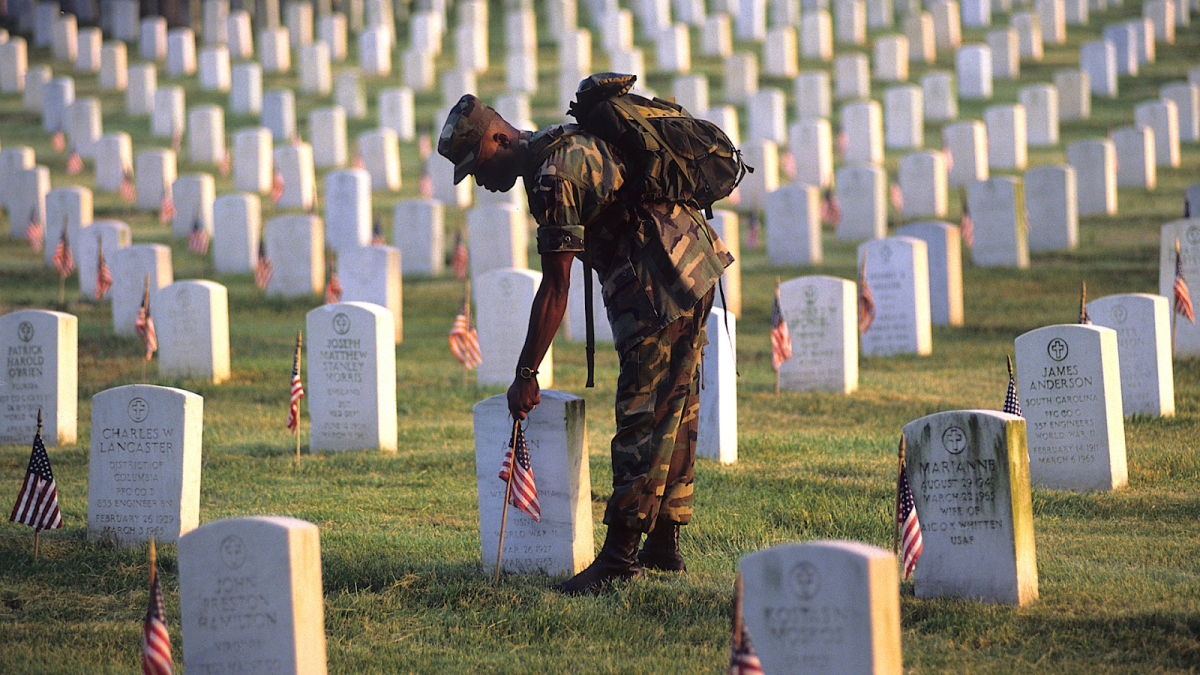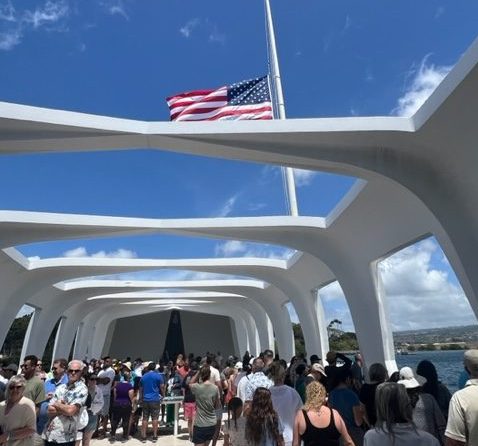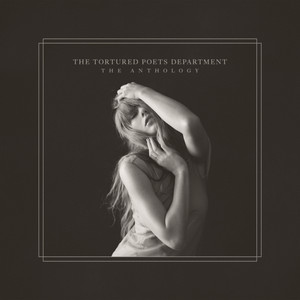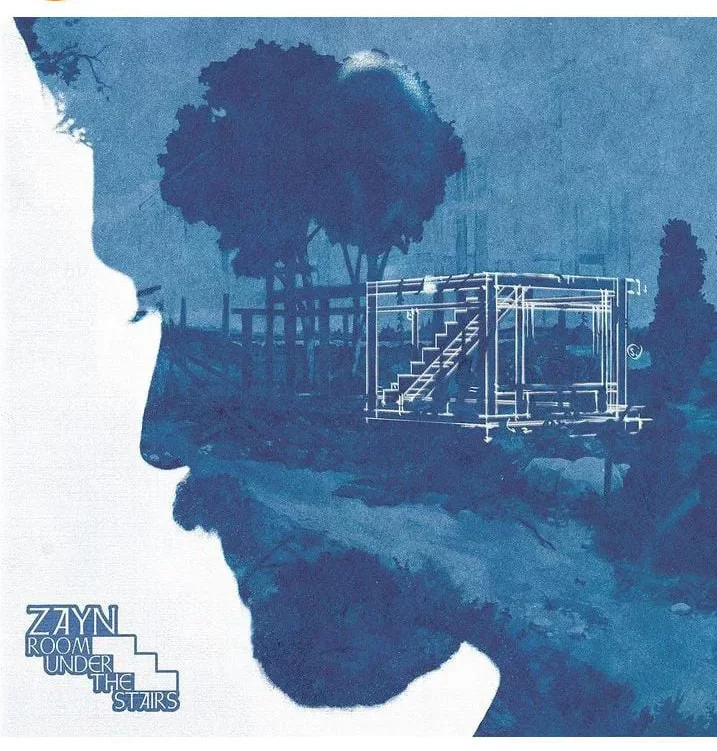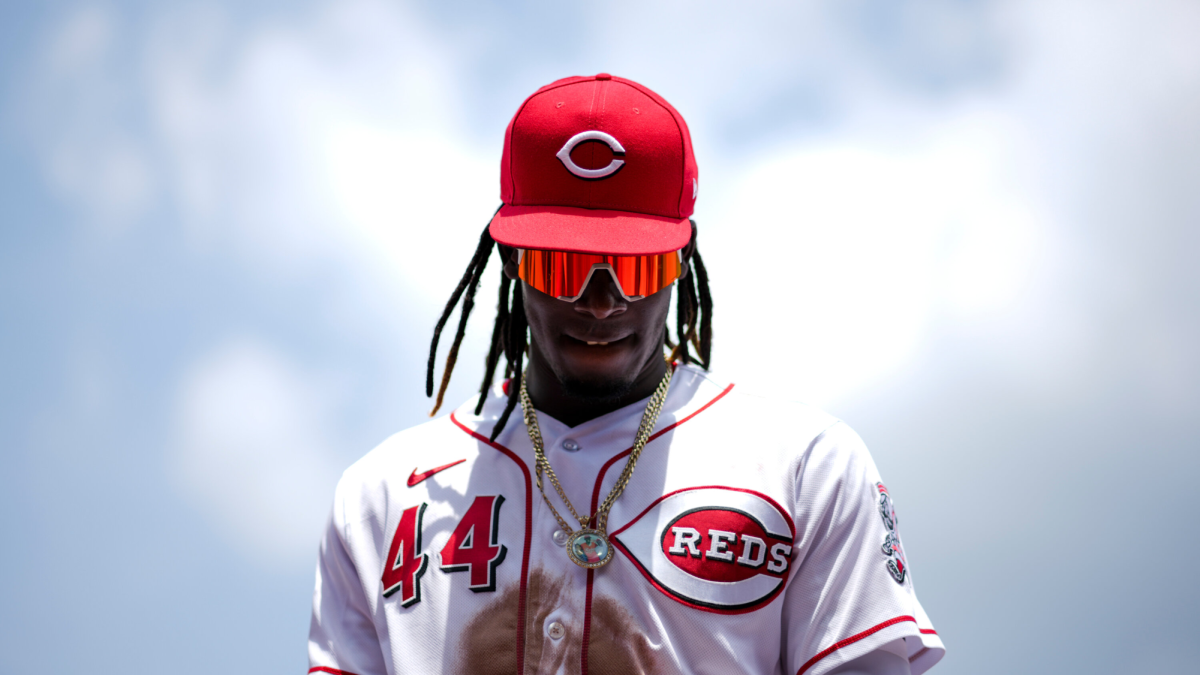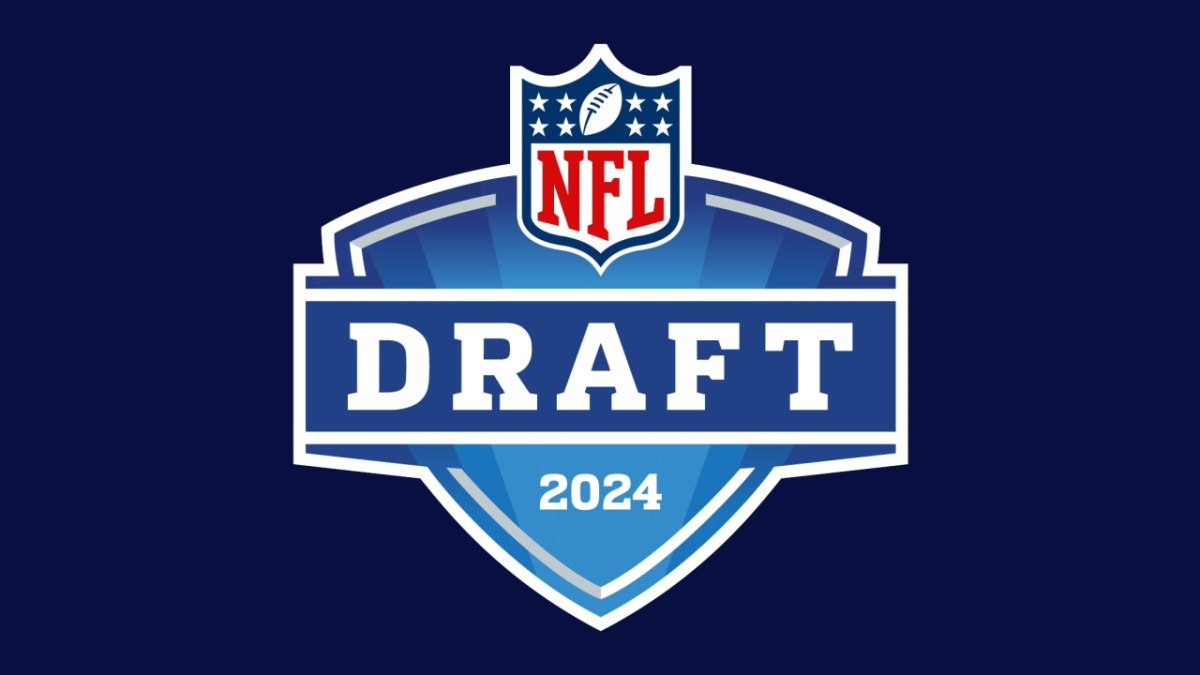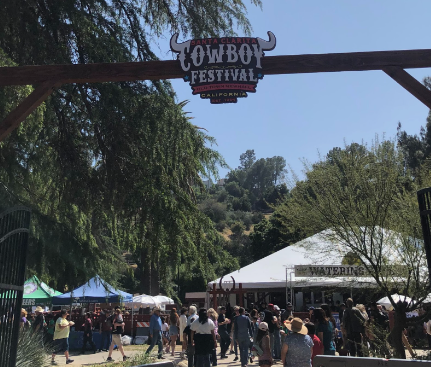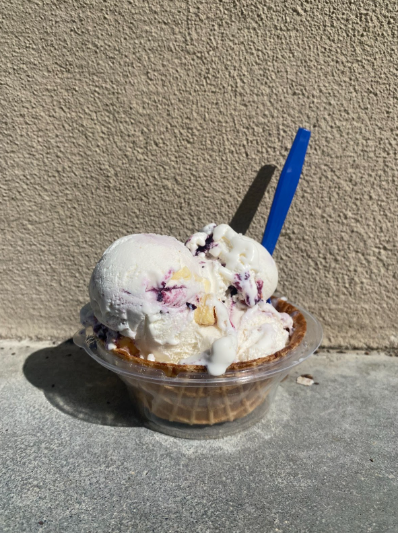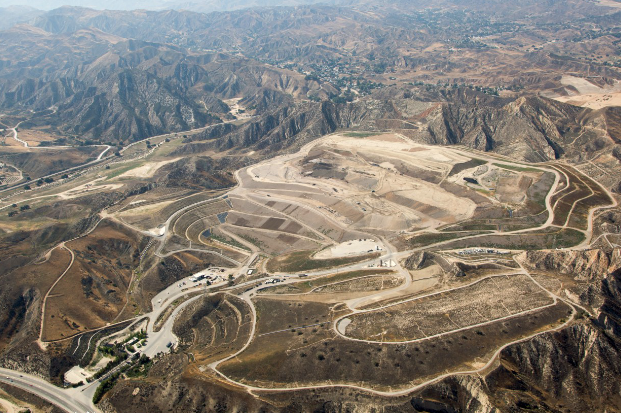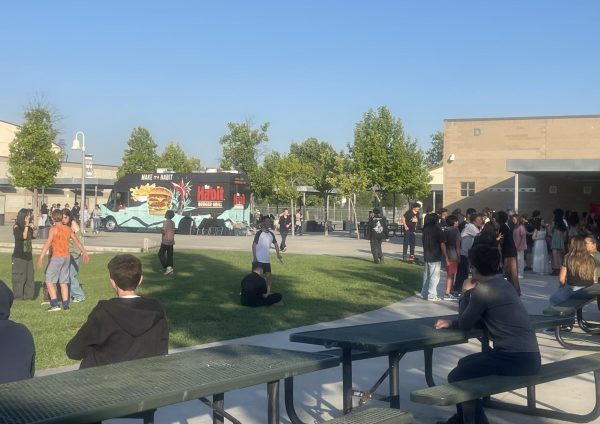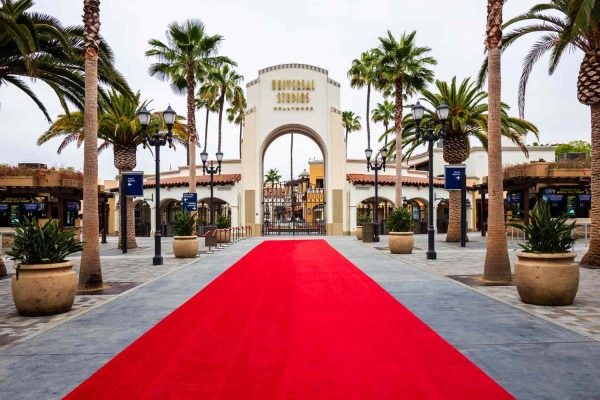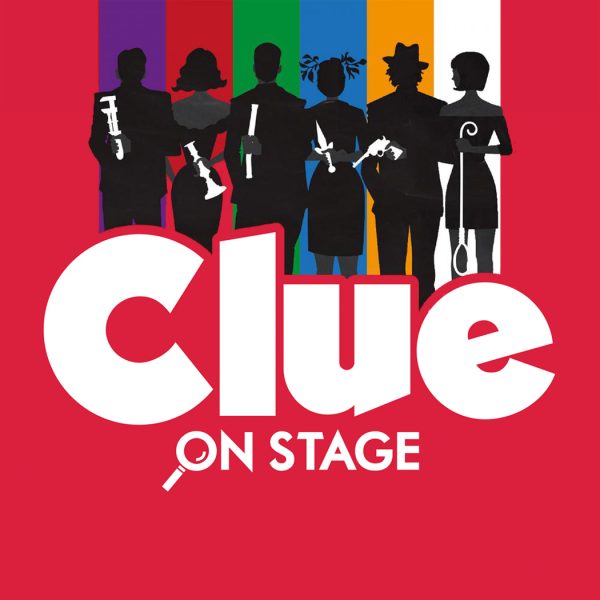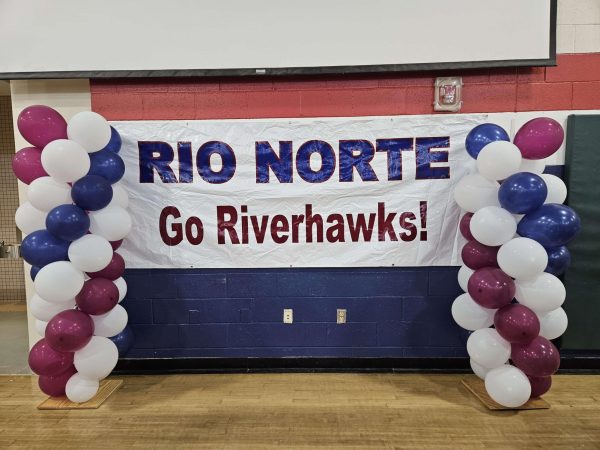Day of the Dead
October 11, 2021
Day of the Dead or “Dia de los Muertos” is celebrated in Mexico and throughout Latin America on November 2. On Day of the Dead people remember and celebrate their deceased loved ones in many different ways. This holiday began around 3000 years ago in central Mexico. Instead of mourning for their deaths, they celebrate!
It is believed that at midnight of November 1st the gates open and the spirits of their friends and family are reunited. People honor and think of their family and friends who have passed on by leaving food, water, and tools for the difficult journey. These offerings are usually placed on their graves or on the ofrenda. An ofrenda is an altar covered with bright orange and yellow marigolds and with pictures of their deceased. On Day of the Dead, they usually even decorate their graves with marigold flowers! Some people even believe that if there is no picture on the ofrenda they are forgotten and cannot cross to the Land of the Living.
Although the usual purpose of Day of the Dead is to celebrate and remember those who have passed, it is celebrated differently all over Mexico. For example in Pátzcuaro, Mexico instead of just leaving the gifts at the graves or on the ofrenda the Indigenous people spend the whole night there, pray for the spirits, and dress up as if they were going to a party. They bring the person’s favorite food, water, candles and “ofrendas florales” or wreaths for the spirits. While in Coalcoman, Mexico they only leave wreaths on the graves, bring candles and pray for them.
Day of the Dead originated in central Mexico about 3000 years ago. The Aztec people who created this holiday saw that death was a natural part of human experience. Why mourn about something that will come sooner or later? The Aztecs honored the dead with skulls because they represented a perished soul. To this day skulls are still one of the most familiar symbols to represent Day of the Dead.
When the Spanish conquered the Aztec empire in the 16th century they moved the dates of their Day of the Dead to the Catholic dates of All Saints Day and All Souls Day on November 1st and November 2nd.
I interviewed Kim Grandbois, the Spanish teacher at Rio Norte Junior High and even though she doesn’t celebrate she elaborated more on Day of the Dead. She said Day of the Dead is a very important day to Mexican people because they celebrate and remember their relatives that have passed away. Mexican people believe that the souls of their family and friends return to their graves. The families build altars and place pictures of their relatives. Day of the Dead begins on the eve of November 1st and ends on November 2nd. It is a combination of the Catholic beliefs of All Souls Day and All Saints Day and the native beliefs. “On the altar you start with things for the children. Then the next day adults.” They put pictures, flowers, candied skulls and an arch that takes their soul to the house, candy, food, drinks, candles, water, copa, salt, and personal items. On the Day of the Dead some people go to the graves and listen to their favorite music and eat their favorite food. Lastly, she said that she celebrates with her class by having students bring their favorite foods and she brings dead bread made with anise. “It is very bland but good.”
In conclusion, the Day of the Dead has many celebrations and is very important to Mexican ethnicity.
